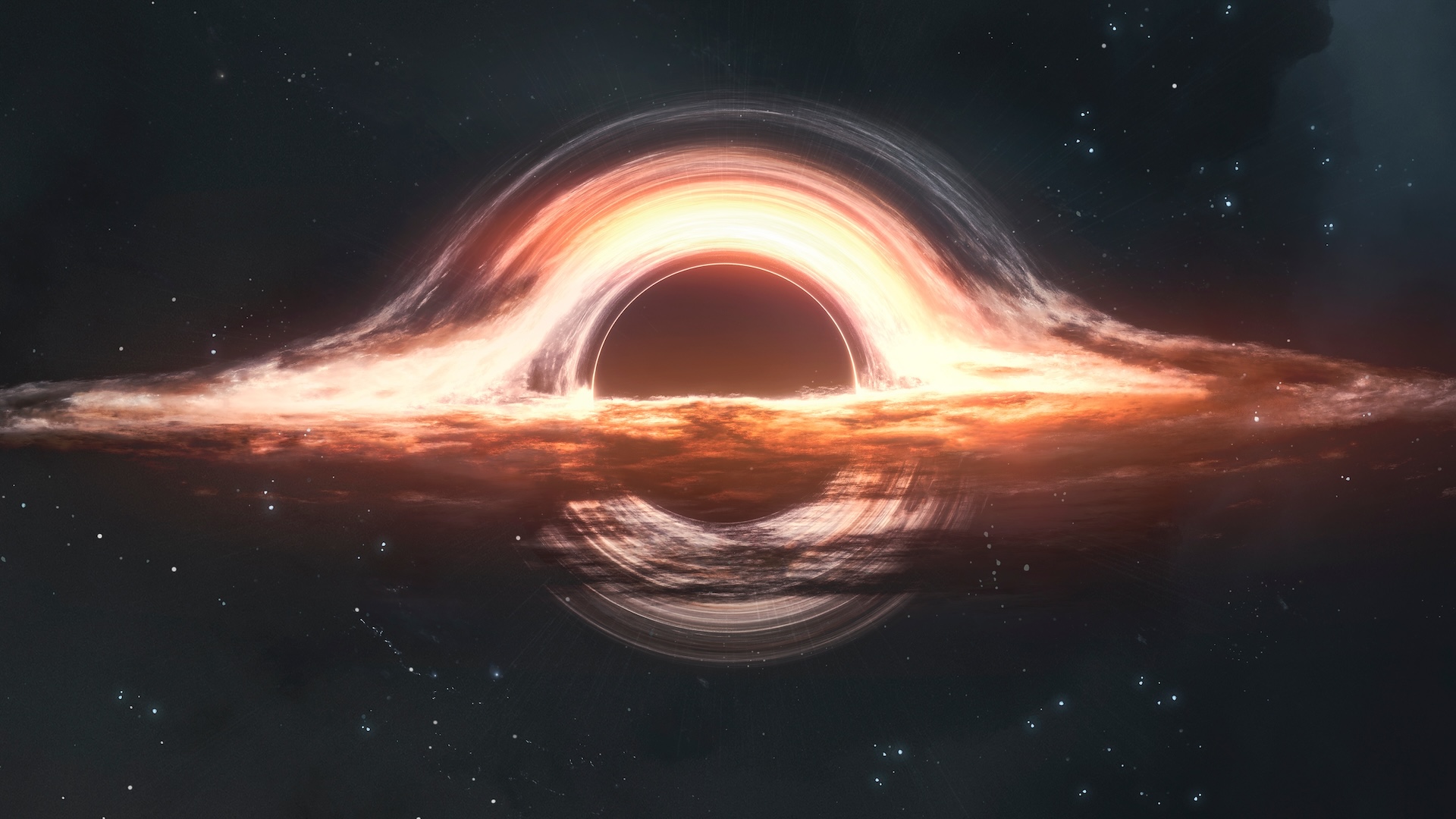With new findings providing crucial insights into the quark-gluon plasma that flooded the cosmos microseconds after the Big Bang, scientists have made major strides in their knowledge of nuclear materials from the early universe. The most recent advancements are the result of numerous multinational partnerships attempting to unravel one of nature’s most basic occurrences.
On September 28, Brookhaven National Laboratory’s STAR partnership declared that they had found the most accurate proof of a “critical point” in nuclear phase transitions to date. Just as scientists formerly mapped the solid, liquid, and gaseous phases of water, this discovery marks a significant advancement in the mapping of nuclear matter’s phases.
Breakthrough Models Improve Knowledge
Under the direction of Associate Professor Heikki Mäntysaari, researchers at the University of Jyväskylä in Finland have created sophisticated computer models that offer hitherto unheard-of detail regarding the nuclear materials of the early universe. Their research, which was published in Physical Review Letters, resolves difficult equations that explain how collision energy affects the interior structure of colliding protons and nuclei.
“This research helps reveal how nuclear matter behaves under extreme conditions, like those that existed just after the Big Bang,” said Mäntysaari. The enhanced models provide more precise insights into quark-gluon plasma production and better fit experimental data from CERN and Brookhaven National Laboratory.
Quarks and gluons are released from protons and neutrons in a special state of matter created when atomic nuclei collide at almost the speed of light. Conditions that prevailed around 10 microseconds after the Big Bang, prior to the formation of matter as we know it, are reflected in this quark-gluon plasma.
Finding Tiny Phase Shifts
The new results from the STAR team are aimed at identifying very small changes in proton generation in gold-ion collisions. The existence of a critical point where nuclear matter changes phases is indicated by these fluctuations, which are comparable to the turbulence felt by airplane passengers traveling through weather fronts.
One of the analytical leaders, Xiaofeng Luo of Central China Normal University, stated, “Identifying the critical point would place a landmark on the nuclear phase diagram.” “It would mark a fundamental milestone in our understanding of how matter behaves under extreme conditions—from the birth of the universe to the cores of neutron stars.”
To find these tiny patterns, the researchers employ advanced statistical analysis, looking at what they refer to as “higher order” features of particle distributions. The traces are much more delicate than overt physical disturbance, thus the level of precision needed is exceptional.
These developments have been made possible by international cooperation. A top-tier Centre of Excellence in Quark Matter at the University of Jyväskylä unites CERN experimentalists and theorists. Thanks to this cooperative technique, researchers may integrate state-of-the-art theoretical models with experimental data.
With the Electron-Ion Collider, which is expected to start operating at Brookhaven in the 2030s, scientists expect more discoveries in the future. The strong interaction, one of the four fundamental forces of nature that controls how quarks and gluons join together to form ordinary stuff, will be better understood by scientists thanks to the complementing measurements this facility will give.

